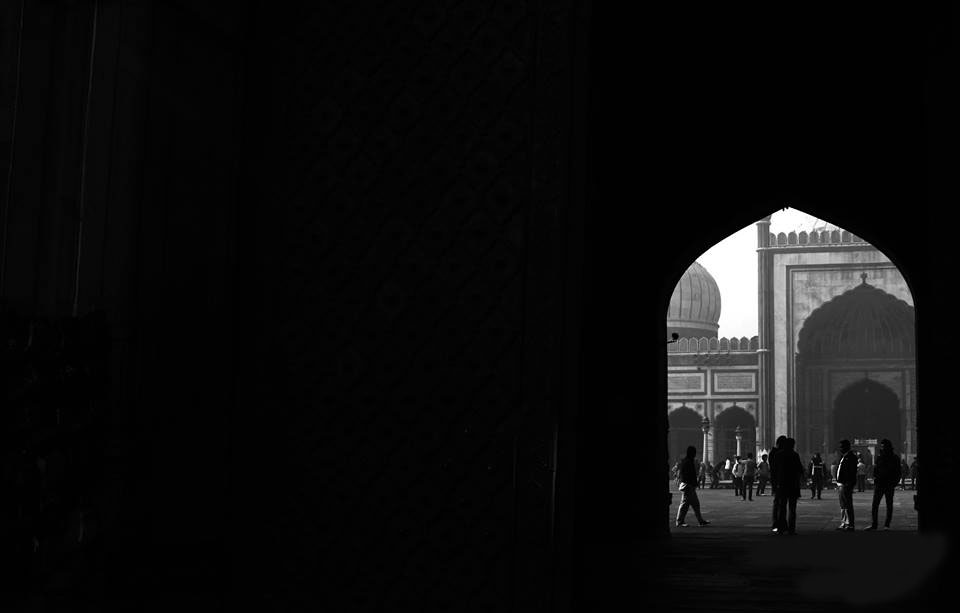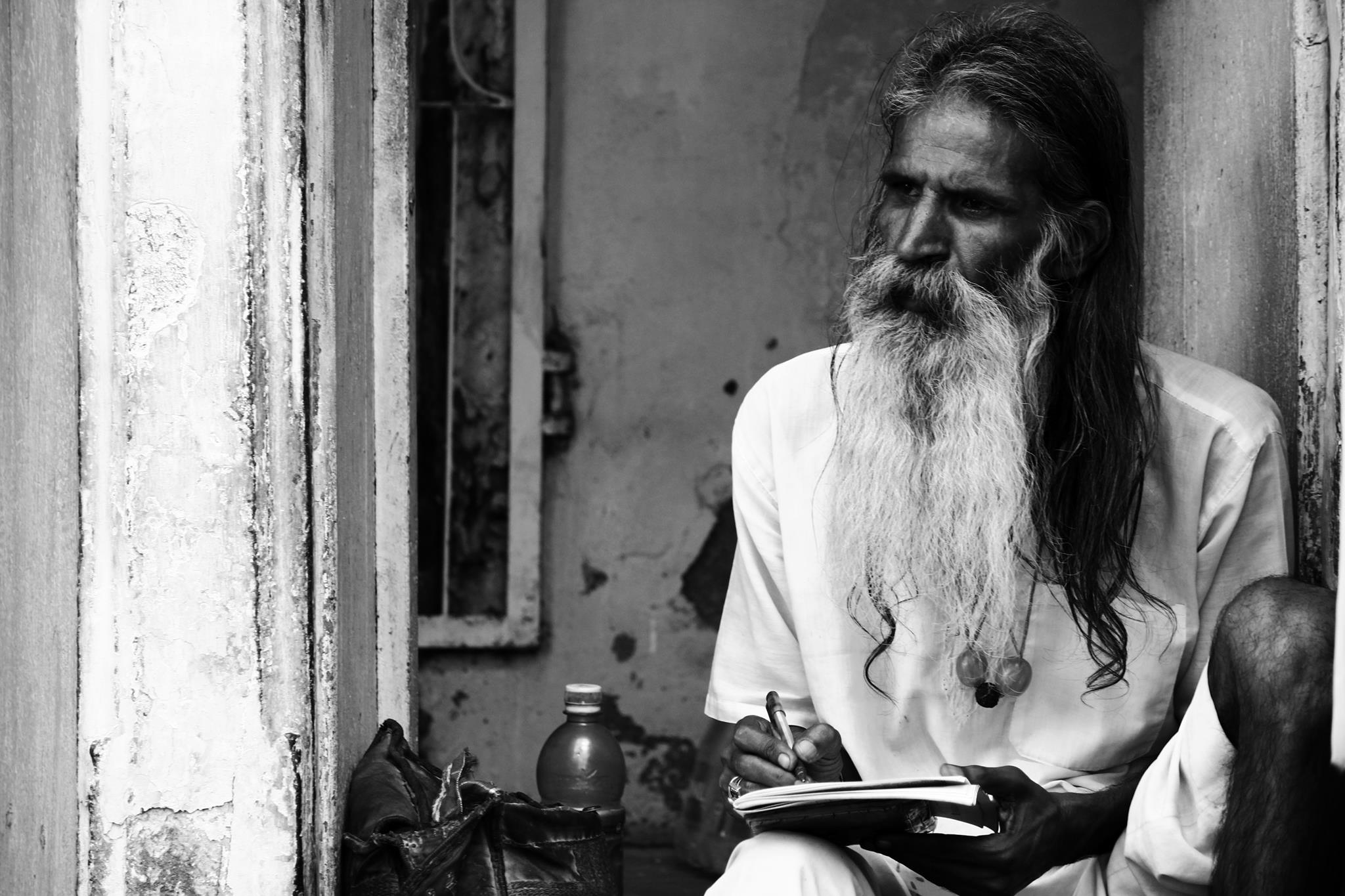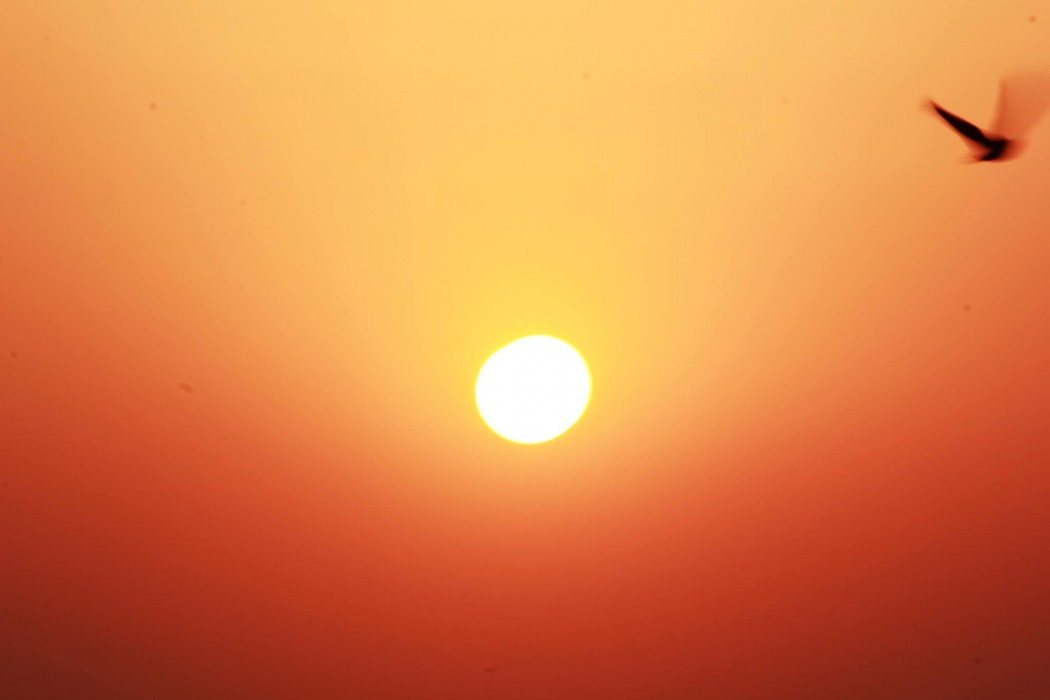Photography could be just taking pictures for one or a life force for another. The other person here is a photographer. When you get behind a DSLR, the ordinary rules don’t apply to you. You have to create a vision for the world to see it through your lens. Your pictures should be snapshots of memories, speaking a thousand words. This art of painting with light is all about looking, re-looking, searching, creating and re-creating the world we live in.
Here are some photography tips to help you take that perfect image create that perfect picture!
1. Get Away From Automatic

Imagine yourself as a painter whose brush decides what colours he wants to fill in his image. How creatively constrained would that be? Absolutely same is the case with you as a photographer when using the automatic mode. Your camera is just an equipment, you are the one who has the vision. So don’t let the camera decide and take control. Having a DSLR and using the auto mode is just equal to having a point and shoot camera that gives better resolution pictures.
Now getting away from the auto mode also doesn’t mean that you stick to Manual all the time. You can use it most of the times, but also keep a check on other settings like Aperture Priority and Shutter Priority. These are super helpful in cases of emergency.
2. The Geeky Trio
Now to be able to use the manual mode, there are 3 most basic terms one should know about; Aperture, Shutter and ISO. All of these determine the amount of light (exposure) that goes in your sensor while creating an image.
Aperture: Simply put, aperture is a hole within a lens, through which light travels into the camera body. This determines the depth of field – the region of space in front of the camera that appears sharp . In photography, aperture is expressed in f-numbers or f-stops (for example f/5.6). In this image below, a large aperture of 2.8 is used to blur the background – only the flower is sharp, i.e. in focus.

Shutter Speed: It is responsible for creating dramatic effects by either freezing action or blurring motion. A camera shutter is a curtain in front of the camera sensor that stays closed until the camera fires. Shutter speeds are typically measured in fractions of a second, when they are under a second. For example 1/4 means a quarter of a second, while 1/250 means one two-hundred-and- fiftieth of a second or four milliseconds. This time is the time for which the lens was “looking” at the light in front of it. In the image below a really fast shutter has been used to capture the fast movement of the subject – albeit there is still motion blur.

ISO: ISO is the level of sensitivity of your camera to available light. The lower the ISO number, the less sensitive it is to light, and vice versa. With a higher ISO comes an increased sensitivity which enables you to take pictures without flash even in low light conditions. But higher sensitivity comes at an expense – it adds grain or “noise” to the pictures. Hence, it’s always preferable to keep your ISO the least possible (i.e 100) to maintain the best quality. The image below was taken at 100 ISO on a bright, sunny day.

Other than these three main pillars of photography, if you manage to master white balance and focus, you’ll be mostly done with knowing the technicalities.
3. Composition
Now when clicking a picture, it’s extremely helpful when you know about certain composition and framing rules. The most important such rule is the Rule Of Thirds. This rule calls for you to divide your image in three equal parts and compose your image in thirds. This applies to both vertical and horizontal directions and vertical and horizontal compositions. The dominant subject matter in the photograph is placed one third up or down the image or one third from the left or right side of the image. This rule has been applied in the picture below with the bird.

Odd number of subjects, creating contrasts through colour, sizes, leading lines, anything and everything that creates drama in your image and makes it interesting is important and should be kept in mind while composing.
4. Let YouTube Be Your Senpai
YouTube is a hub of tutorials that can be life changing for you as a photographer. Most of the photography courses in town are pretty expensive and can be heavy on your pocket. I am definitely not denying the fact that they are helpful but I can’t assure you their worth when there are some superb photographers teaching on YouTube for free. Adorama TV and Bryan Peterson’s channel are worth looking into.

Other than YouTube, be very active on social networking platforms like Flickr, 500px, Pinterest and download photography applications. It’ll be inspirational for you to see works of wonderful photographers and help you share your works and get reviews.
5. Get Creative With Editing
Consider using a program like Picasa or Photoscape to edit if you are new to editing, nothing can beat Photoshop though. It will allow you to crop, colour- correct, adjust exposure, remove red-eye, and perform other basic editing tasks. Performing some very basic editing on a photo helps to improve its quality drastically. Cropping a bit can help with composition, and you can also rotate a photo so that horizon lines are straight. Getting your photos right in-camera is the larger goal, but there’s no harm in a bit of retouching.
6. Practice
Practising is the key to success for anything and everything so click as much as possible. Give everything a new meaning and spend hours with your camera until you fall in love with it. Give yourself weekly assignments and try techniques regularly.
The best part of having a hobby like photography is never running out of things to learn. Inspiration is all around you. Look at everything with the eyes of a photographer and you’ll see opportunities you never noticed before.

7. Experiment And Explore
Now this one tip is the most important of all. If you’re a photographer, you ought to be an explorer. You ought to have that wanderlust that differs you from the others. You ought to have the urge to capture the world through your camera and be able to deliver that emotion you clicked that one image with, to a person who looks at it after ten years. Experiment with all your camera settings and exploit them. Try all sorts of photography. Don’t think twice before trying a new mode or over exposing an image. After all, no art has a defined set of rules.
Once my wise photography teacher said “technicalities and expensive cameras matter only thirty percent when you take a picture; it is your vision of looking at the same thing that matters the most”. Smartphone photography is proof that an inferior camera can take excellent shots as well. Here are some pictures I took form my phone camera and edited on Instagram.

A picture is one of the most powerful means of expressing oneself. There is definitely a photographer in you too, unleash your creative abilities and explore yourself and the world around. Look, observe, compose , frame and click.










